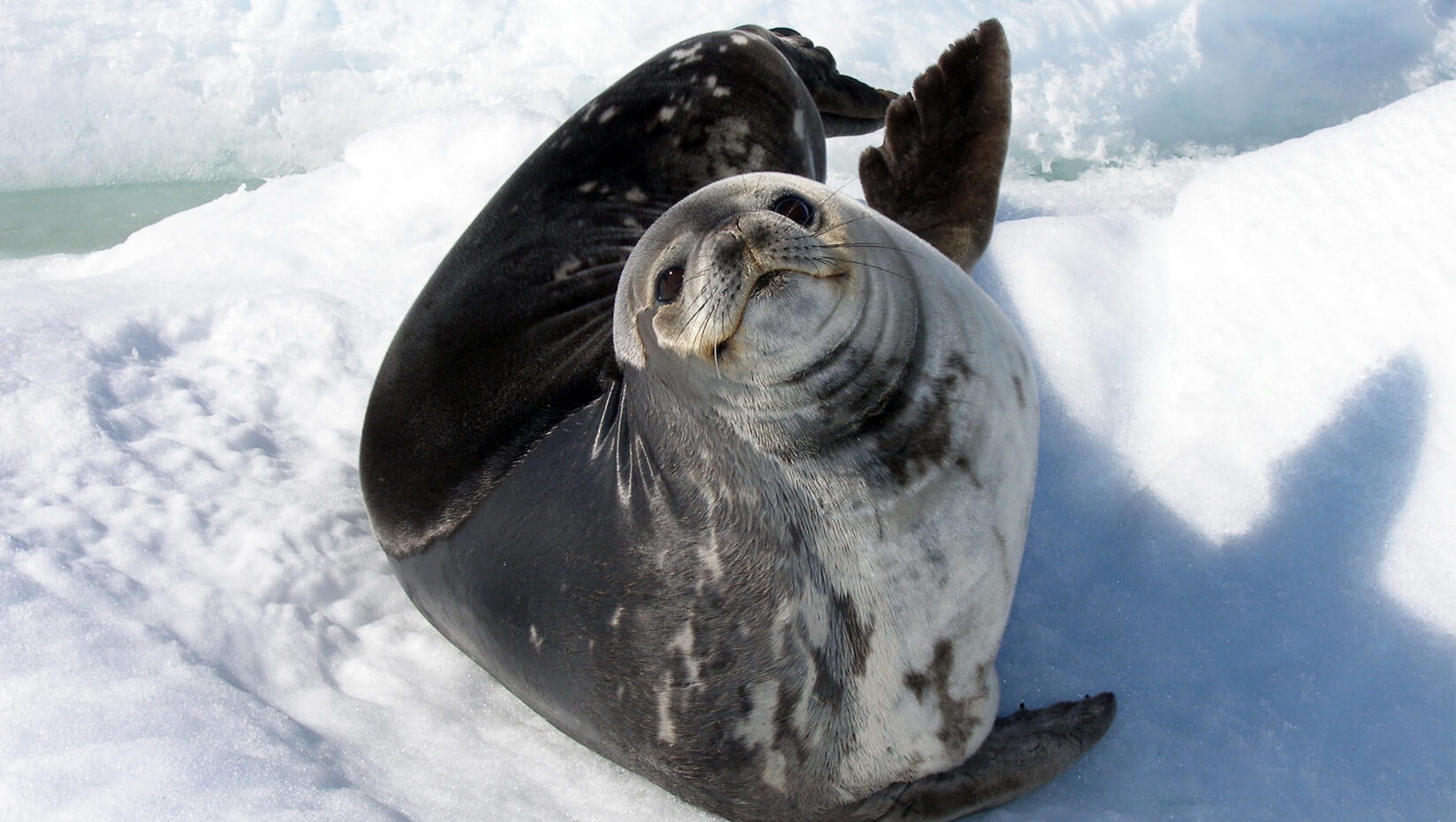
Researcher charts advances in marine mammal genetic sequencing
Answers to evolutionary and ecological mysteries about marine mammal species may be closer at hand, thanks to advances in genetic sequencing techniques for so-called nonmodel organisms.
Kristina Cammen, a National Science Foundation postdoctoral fellow in biology and soon-to-be assistant professor of marine mammal science at the University of Maine (starting May 2017), led the research team that published its findings in the Journal of Heredity.
The idea for the review paper grew out of discussions at two international workshops, held at The Society for Marine Mammalogy’s biennial conferences in New Zealand in 2013 and San Francisco in 2015.
Over the past decade, notes the Journal of Heredity article, technological advances and declining costs have increasingly allowed evolutionary biologists and ecologists to use genetic sequencing techniques on marine mammals that were once reserved only for the study of human beings and lab rats, so-called model organisms. These techniques include whole genome sequencing and restriction site-associated DNA or RAD sequencing.
In the article, Cammen and colleagues looked at genomic studies, since 2002, of several key marine mammal species, including common bottlenose dolphins, killer whales, Antarctic fur seals and polar bears. The progressions, the authors note, go from sequencing individual genes to whole genome sequencing and, at the genomic scale, from sequencing individual specimens to sequencing population samples.
The article goes on to make the key point that each sequencing technique has its own unique benefits for biologists and ecologists, working to understand the forces affecting marine mammal species.
RAD sequencing gives researchers new access to thousands of genetic markers for any given species. Because this approach investigates only a portion of the genome, scientists are able to compare and contrast samples from large numbers of organisms. The article notes several studies that have used these techniques to expand scientists’ understanding of genetic patterns affecting harbor seals and walruses. Cammen has used this technique in the past to explore why populations of bottlenose dolphins in the Gulf of Mexico differ in their susceptibility to blooms of toxic algae.
Advances in whole genome sequencing are making it possible to understand, more deeply, the evolutionary forces that led to the divergence of marine mammals from their terrestrial relatives, according to the research team. Twelve marine mammal species have undergone whole genome sequencing thus far, including multiple representatives of the cetaceans (whales and dolphins) and pinnipeds (seals, sea lions and walruses), as well as the West Indian manatee and polar bear. By examining these genomes, scientists have been able to learn more about how marine mammal species have changed over time. For example, the paper cites a whole genome sequencing study of the Yangtze River dolphin, which revealed a population disruption that hit the species during the last time of deglaciation.
The researchers also note the advances made possible by population-level genome resequencing. Only two studies that apply this technique to marine mammals have been published to date. One examined the genomes of 79 individuals from three populations of polar bears. The other examined 48 individuals from five evolutionarily divergent ecotypes of killer whale. The studies revealed new insights into the evolutionary history of marine mammals, including how populations have diverged and selection has led to differences in ecological niche. These insights, and many others cited in the paper, would not have been possible without the use of recently developed genomic sequencing technologies.
Contact: Jay Field, 207.581.3721; 207.338.8068
